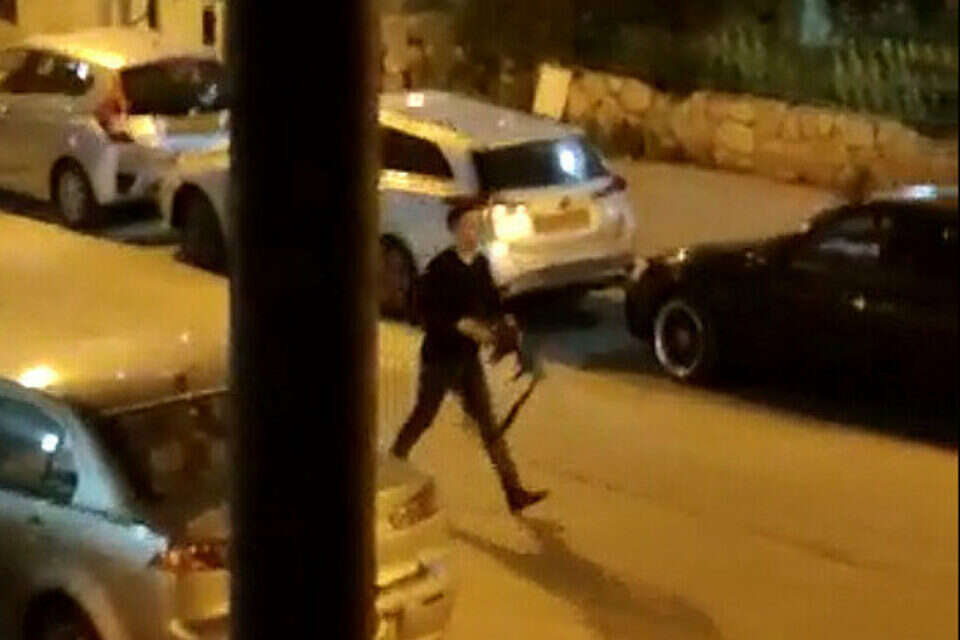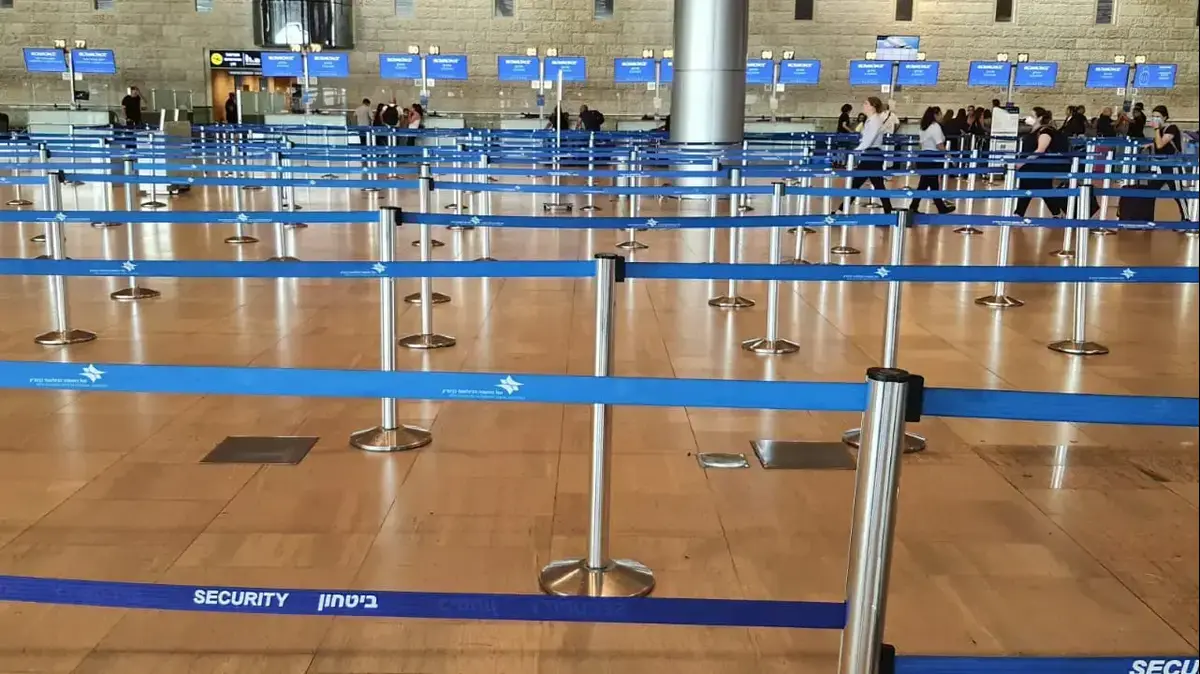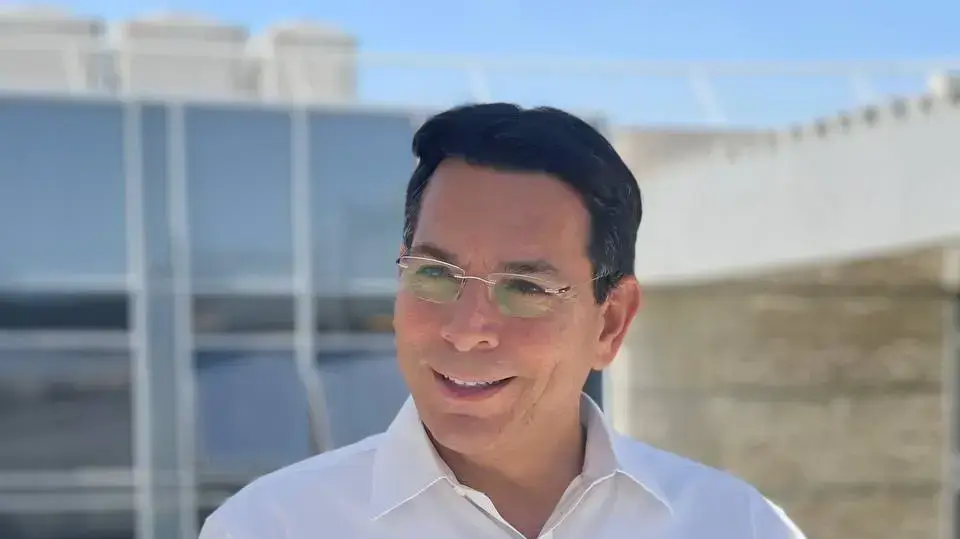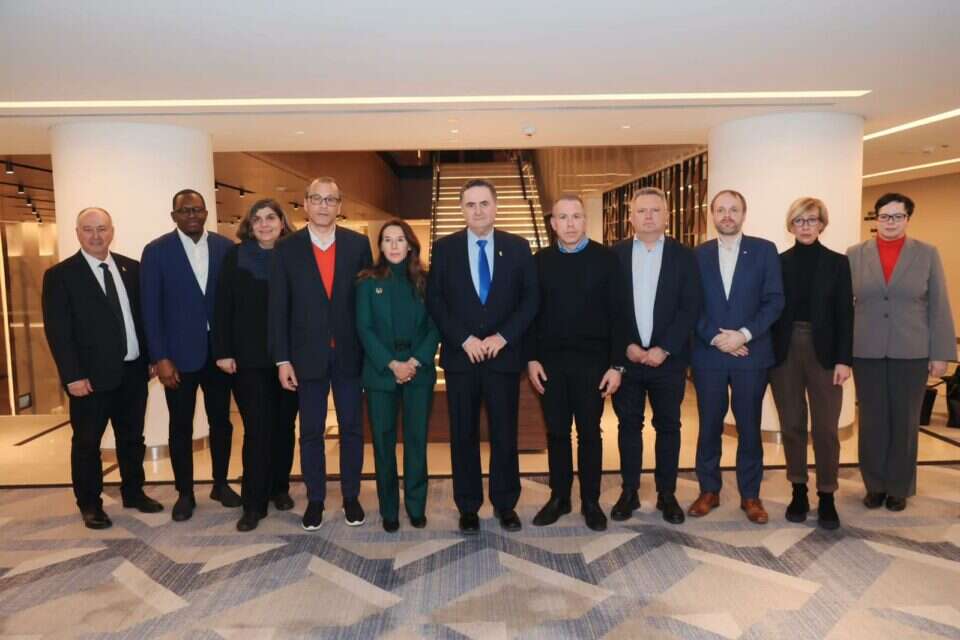Terrorism raging in major cities in Israel is threatening to crack the strategic political order that has been painstakingly shaped over the past decade and a half.
This is an order that was largely formed in the shadow of the enormous upheaval that befell the Middle East at the beginning of the first decade of the present century, and placed at its center the pursuit of stability through economic prosperity.
As such, the new order placed the economy as an orderly and alternative idea to the conceptions of political freedom and ideologies of any kind that have defined the Middle East since the beginning of the twentieth century, when it entered the gates of European modernism.
Economics for ideology.
Welfare for activism.
The "Deal of the Century" of 2019 instead of the "Sykes Pico" of 1916. The cornerstone of this strategy were of course the wealth of the region, the Persian Gulf states, and Israel, which more than a century after Herzl and other Zionist thinkers envisioned the future Jewish state bringing modernization to the backward East , Realized the "new Middle East" dream of Shimon Peres, but this time out of economic power and technology and not political interpretation or military power.
Economic peace was supposed to stem the tide of political shattering over the Middle East, help poor regimes like the Egyptian or Sudanese regimes overcome internal difficulties, and also place an ideological alternative to Eastern challenges in the form of the Persian power.
This order, which rests on the foundations of functionality, pragmatism and prioritization of present affairs over visions of the future, is also leveraged by Israel both in front of its backyard and in its inner one.
She used it in favor of the recession of Arab-Palestinian activism.
In this way, the "Dubai model" became an engine for integrating Israeli Arabs into cooperation with the Palestinian Authority elite and even the "series" attempts against Hamas in the Gaza Strip.
But now a significant opposition has arisen to this order, growing out of the local Arab-Palestinian arena, that of the Israeli Arabs and that of the PA.
The initial warning signs for the challenge being built for the new order flickered as early as May 2021 in the form of the combination of the Hamas attack on Israel that led to Operation Wall Guard and the riots that developed in the cities involved in Israel.
Violence and crime within Arab society and Bedouin anarchy were further indicative signs of erosion in the status of the new order, although misinterpreted in Israeli discourse and especially detachment through the discourse of "governance."
It is a challenge to the new regional and economic order, which comes from the depths of the periphery of the Arab-Palestinian system.
These are the people of the socio-economic fringe, the unincorporated and restless young people, and the people of the classical ideologies.
These sought to disperse the great celebration of the last decade in the Middle East and return the region to its primordial foundations, through the renewal of the identity and ideological fault lines, thereby restoring the crown of conflict between Jews and Arabs to its former glory.
Against this background, one can understand the symbolism of the charged encounter between the "Peak of the Negev" that took place a few days ago in Sde Boker between the foreign ministers of Israel and the Gulf states as the cornerstone of the new Middle East, and the murderous acts of terrorism
But while the "Negev Summit" came together mainly in response to the nuclear agreement being formed between the powers and Iran, it turns out that the great threat to the new Middle East comes not only from Tehran, but from the Arab-Palestinian periphery.
The real "iron wall" must be established not only in the face of the Persian power, but in the face of elements of the Arab-Palestinian system that threaten to overthrow regional stability.
The establishment of the "Iron Wall" in the internal context requires a combination, which Israel has almost completely avoided in recent years: pushing the Arab-Palestinian system at the gates of the Middle East of the "Abraham Agreements" to produce positive incentives, and at the same time a willingness to use stronger security forces.
For the past decade, Israel has had only positive incentives and has almost completely given up on sanctions.
In doing so, it not only eroded its image of deterrence and radiated weakness, but also enabled the growth of elements of opposition to the same order whose continued existence depended on the future and prosperity of the Jewish state.
Were we wrong?
Fixed!
If you found an error in the article, we'll be happy for you to share it with us








